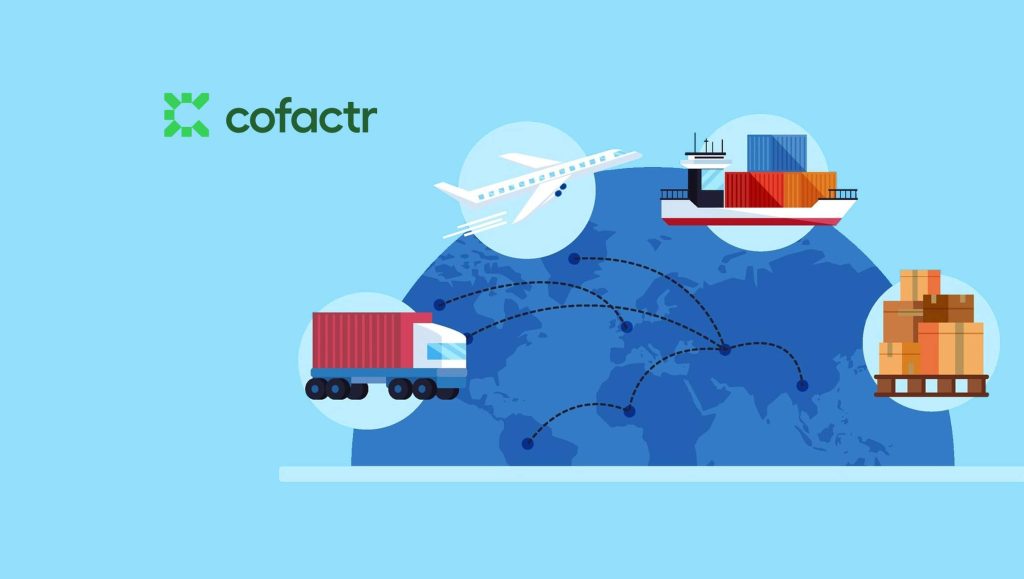What does it take for small businesses to improve how they sell in online marketplaces? John Jahnke, CEO at Tackle.io weighs in:
________
Hi John, welcome to this chat, tell us more about yourself?
I’ve spent my entire career in enterprise emerging technology roles. Most of my time was spent in leadership roles in sales, pre-sales, and customer success. I’ve always loved helping companies solve problems with the latest solutions and through my career I’ve had the great fortune to build many teams that focused on this problem. It is now amazing that, at Tackle, we are building a platform and company that gets to focus on the same thing – helping sellers connect with buyers through the clouds.
We’d love to hear more about the Tackle platform and how it’s evolved to solve core challenges for sales people?
We started by solving the pain of listing in the AWS Marketplace. We uniformly heard from our customers that they did not want to build custom software to sell in the Marketplaces, but they had buyers who were interested in purchasing this way. All sellers want to keep their engineers focused on their core value and not building custom commerce integrations.
We solved this problem first and almost immediately discovered our customers were having issues integrating the Marketplace selling motion with their finance and sales operations. We expanded the Tackle Cloud Marketplace Platform to make it easier for sellers to transact Marketplace offers and report on their business in a seamless way.
Along the way, we started to hear significant pull from our customers for other clouds. Azure and GCP were investing in their Marketplaces heavily as well and as our sellers started selling through AWS, they discovered buyers who wanted to buy through the other clouds. In 2019, we extended our platform to support both Azure and GCP, and more recently we announced support for the Red Hat Marketplace.
We have further extended our products to enable usage-based business models via metering solutions, developer tools to provide Marketplace integration into core selling systems like Salesforce and Marketo as well as communication systems like Slack and email.
It’s clear that today’s software buyers want an experience similar to what they get in their consumer lives—ecommerce by default. The B2B world hasn’t kept up due to its complexity and variation across companies, industries, product type, personas, and much more. The Cloud Marketplaces solve for two overarching friction points between B2B sellers and buyers: access to budget and ease of procurement. Tackle’s Cloud Marketplace Platform helps software sellers manage the entirety of the Marketplace selling experience, from launching to transacting to scaling over time and we will continue to innovate around this core value proposition.
Read More: SalesTechStar Interview With Ryan Johnson, Chief Product Officer At CallRail
As more and more smaller businesses look at online marketplaces to sell in, what are some best practices they should be keeping in mind?
I think the first best practice is to think about where you are built and think about where your customers run. The combination of these answers can help you determine the partner that will be easiest to gain momentum with (where you are built) as well as give you buyers a value proposition to buy (where they are already spending money).
Second best practice is to look at how to complement the way you are selling today. Earlier in the Marketplace era, companies would try to come up with a new product/package specific for Marketplaces, which sometimes would not see traction. It is far better to accelerate what you already know to be working by using Marketplace budget and contracts versus trying to crack the code on something completely new.
Lastly, you need to invest in order to get the flywheel moving. The clouds have tons of resources to help, but they also have many partners clamoring for their attention. The best way to capture their attention and get more support is to drive meaningful transactions that deliver value to the cloud buyers. This will get far more attention than talking about theoretical revenue in the future.
What in your view should a comprehensive go-to market plan for small businesses setting this up look like?
I’m seeing most startups target two distinct business models, and depending on their product, they start with one or the other, but almost always evolve to have both.
The first is some form of “enterprise” sales strategy. This typically means direct sales and pricing tends to be more custom. In the early days of a company, this gives you a chance to experiment with pricing in order to determine what value your buyer will assign to your product.
The other strategy is a bottoms up motion, typically product led. For some products this starts as a free trial or limited use, but for more companies it’s starting as a full featured solution with metered / consumption billing. The challenge with this motion is, if you are still trying to determine your value in the early days of your company, pricing a bottoms-up model can be incredibly complex.
Ultimately all companies evolve to have both and in our experience, the Cloud Marketplaces are becoming a substrate for smaller companies looking to execute on either model as it enables them to tap into the cloud budget and cloud contract. This gives early sellers the roads to drive on versus having to go it alone.
Read More: SalesTechStar Interview With Saumil Mehta, General Manager: Square Point Of Sale
A few thoughts on creating the ideal balance between different go-to-market motions?
As the B2B software world moves more towards more ecommerce, there will be more and more channels to take advantage of. Sellers will want to sell where buyers want to buy and I believe you need to think about the flywheel effect by channel and how you invest to get things moving, build the social proof for your sellers and customers on why it is of value, and then continue to invest in support as the revenue scale. No GTM motion is a set it and forget it scenario, you need to continue to invest to maximize your growth.
The way we are seeing this play out with the Cloud Marketplaces is that typically a seller will start with a single advocate, usually the Head of Partnerships, and that person will drive the first set of pioneering deals in order to help build the pattern of success. From there, it leads to broader enablement of a field organization to replicate these early patterns. Then in many organizations, there are specialized resources just focused on cloud co-sell. Our most successful sellers start small and invest more as they scale their revenue and success.
We’d love to hear about a few upcoming innovations in store at Tackle.io, what can users look forward to in the near-future?
Tackle just recently announced that our platform now supports Red Hat Marketplace, operated by IBM. We are a customer-focused company and we look to our customers and their challenges to fuel our innovation roadmap. We are investing heavily in our core platform to make Marketplace operations highly predictable and scalable and as more sellers start to push 20%+ of their revenue through the Marketplaces, platform reliability is a key part of our value.
We released Tackle Offers earlier to build a bridge between sales operations and the Cloud Marketplaces and we’ll continue to innovate to make Marketplace operations more scalable. We are also doing a lot of work to help sellers more naturally take advantage of the Cloud Marketplaces from the systems they use daily like Salesforce. We will continue to prioritize ways to help our sellers sell and scale where their buyers want to buy.
Read More: SalesTechStar Interview With Garient Evans, SVP, Identity Solutions At Trulioo
 Tackle is dedicated to helping software companies generate revenue through Cloud Marketplaces, specifically: AWS Marketplace, Azure Marketplace, GCP Marketplace, and Red Hat Marketplace.
Tackle is dedicated to helping software companies generate revenue through Cloud Marketplaces, specifically: AWS Marketplace, Azure Marketplace, GCP Marketplace, and Red Hat Marketplace.
John Jahnke is the CEO at Tackle.io
Missed The Latest Episode of The SalesStar Podcast? Have a quick listen here!
Episode 111: Driving Better Productivity within your Product Team: with Kristina Simkins, VP of Product at Lessonly by Seismic
Episode 110: Driving Sales-Marketing Unity with Chetan Chaudhary, Chief Revenue Officer at Scale AI
Episode 109: B2B Revenue Generation Tactics with Michelle Pietsch, VP of Revenue at Dooly.ai















